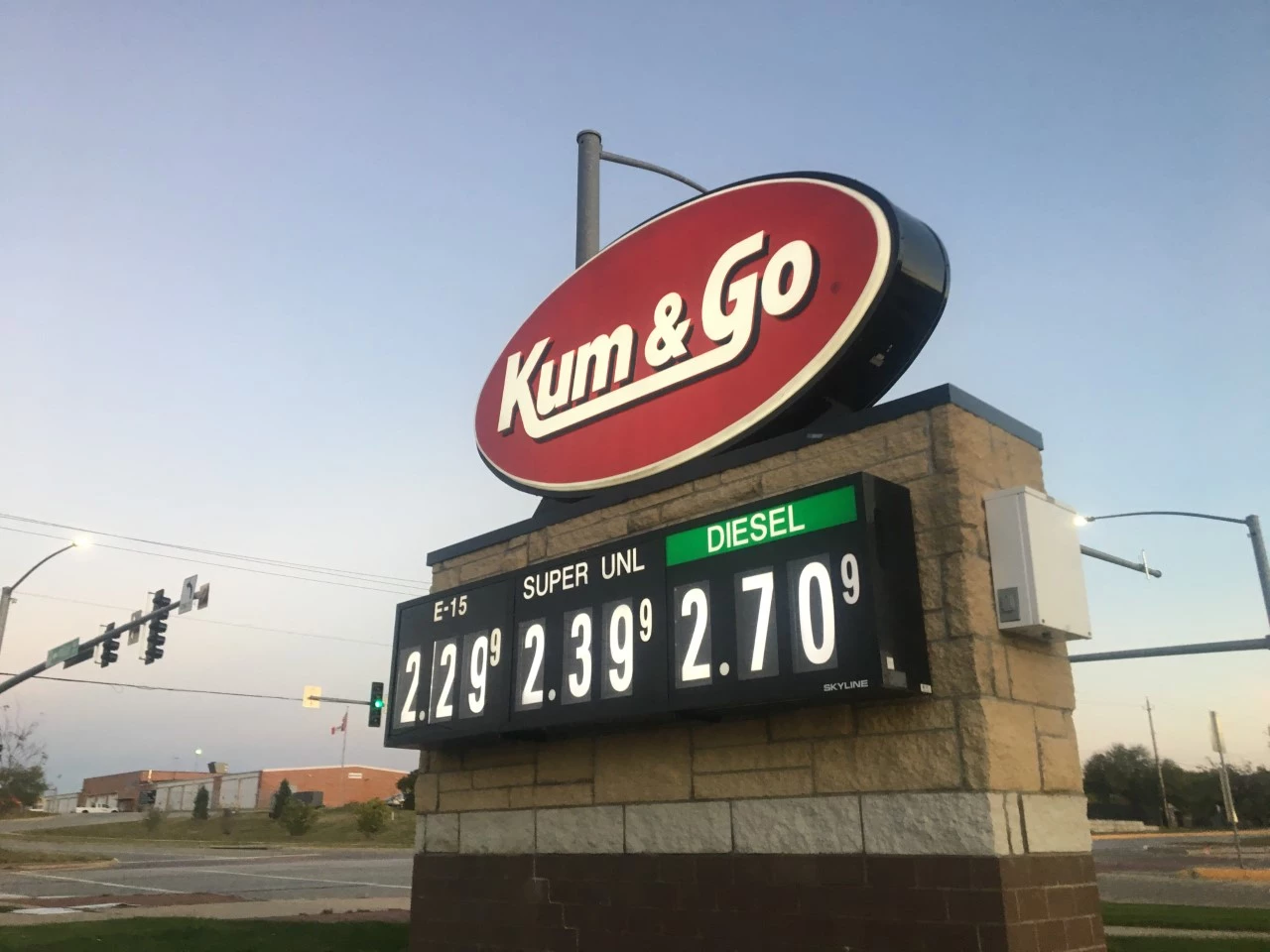Two creative expressions of brand stir up the most anxiety among our clients: names and logos. Sure, they care a lot about their websites, their business cards, their messaging. But names and logos are sacred, the holy grail of branding exercises. Most of our clients are under the (false) impression that if the name or the logo is off the mark, they are headed for mediocrity at best and failure at worst.
Now, names are important. They pose tremendous opportunities for communicators. They can create lasting impressions or feelings in your audience. And while they rarely are the sole indicators of success for a brand, you can strengthen your overall brand landscape with a solid, thoughtful name.
At Colour Outside, we provide naming among our services, and we have experience tackling it from many angles. We’ve named brand new products (e.g. Hugo), named new companies, renamed old products (e.g. Naked Instincts), renamed old organizations, and even come to the end of a renaming consultancy with a strong recommendation that the client keep its old name (e.g. Vacation Management Services). So if you’re in the middle of a naming or renaming, learn from some of our insights and mistakes before you unveil your brand to the world.
1. Remember that names are important, but not that important.
Again, names are important because they are opportunities to express your brand and build a feeling in your audience. But it’s equally important that we recognize not only the opportunities but the limitations of names.
Far more important than your brand name is the quality of experience you offer your audience. A poor name can be overcome by consistently delivering a quality brand experience, but a quality name won’t save you when you deliver a poor brand experience.
A POOR NAME CAN BE OVERCOME BY CONSISTENTLY DELIVERING A QUALITY BRAND EXPERIENCE, BUT A QUALITY NAME WON’T SAVE YOU WHEN YOU DELIVER A POOR BRAND EXPERIENCE.
In fact, it can turn around and hurt you because your very memorable name is now associated with a very poor experience, and people are less likely to forget it.
So while you should give plenty of thought to your name, don’t lose sleep over it. You need your beauty rest to ensure all the corners of your brand are delivering a quality experience to your audience. And besides, if Kum & Go can grow to over 400 stores strong despite a name rich with innuendo, you’ll probably be okay if you can follow at least a few of these other guidelines.

2. Make sure your name doesn’t betray what you do.
This might sound intuitive enough, but you would be amazed at how often this happens. Your name doesn’t have to be descriptive of what you do, and in fact it can be seemingly disconnected from any indication of what you do (e.g. Apple, Uber, Nike, Yoo-Hoo). But you give yourself an uphill battle to climb when you name your brand something that forces a specific thought on people that betrays what you do.
It’s obvious, right? You wouldn’t name a data mapping software product “Chaos,” and you wouldn’t name a tea brand “Nas-tea” (unless you share our soft spot for ironic marketing campaigns like assigning sex appeal to cat litter).
But where these naming contradictions prove more subversive is when, for example, the brand name incorrectly communicates a sole product offering (e.g. Lumber Liquidators that also sells tile, or Blinds Galore that also sells pet beds). Even if your brand begins by offering only one product, don’t create challenges for future expansion or additional product offerings by forcing a narrow perception on your audience.
3. Test it for scandal.
Often, in a search for a unique name, people will name their brand something clever or combine words and phrases to create new names. The problem is your audience doesn’t share your existing context. So while you are thinking of one thing when you name your brand, those being introduced to you may hear or see something completely different.
Cue the Scandal Test.

It’s simple, really, but very effective. Find a couple witty people you know and challenge them to come up with a scandalous variation of your proposed brand name in ten seconds. If your name has some low-hanging, blush-inducing fruit apparent to the clever, raunchy, or adolescent internet trolls out there, the Scandal Test will often bring it to light.
If after ten seconds, scandalous variations are either hard to come by or are found only in far-reaching permutations, you’re probably pretty safe.
4. Check for intuitive pronunciation.
The best names will make people curious without making them work to say it. Can you think of brands with unclear pronunciation or with camps of people that say the name one way while others say it a different way? Often this results from a brand that began in a non-English context and expanded into English-speaking markets:
Audi: Is it “AW-dee” or “OW-dee?” (it’s “OW-dee”)
Fage: Is it “FAH-yay” or “FAH-gee” or something else? (it’s “FAH-yay”)
Hublot: Is it “HUB-lot” or “OO-blow?” (it’s “OO-blow”)
Sometimes, however, cross-language ambiguity is not the culprit but rather a simple lack of clarity in English pronunciation from American brands:
Saucony: Is it “SAW-ko-nee” or “suh-KO-nee?” (it’s “suh-KO-nee”)
Wachovia (now defunct): Is it “wah-KO-vee-uh” or “wah-CHO-vee-uh?” (it’s “wah-KO-vee-uh”)
Trivago: Is it “try-VAH-go” or “tree-VAH-go?” (it’s “tree-VAH-go”)
Or more fun still are American brands that adopt foreign words with uncertain pronunciation, only to claim an Americanized, still-somewhat-inaccurate pronunciation as the proper way to say the name:
Aeropostale: Is it “arrow-PAW-stull” or “arrow-po-STALL” or something else? (it’s “arrow-po-STALL” which is an Americanized pronunciation of a legitimate French word that’s pronounced differently still)
Again, the best names will incite curiosity, not confusion. Why be ambiguous when we can be clear?
Fun side note: did you know that the image file type GIF is actually serially mispronounced? The creator intended for it to be pronounced “jif.”
5. Check the trademark.
One of the biggest mistakes startups make is neglecting to check the U.S. Patent and Trademark Office database for the availability of their intended name within their industry (what the USPTO calls “class of goods”).
You can review the USPTO database online using keyword searches within relevant classes of goods. If a name/use combination exists similar to your intended name, you may want to consider an alternative. If nothing similar exists, it’s worth applying for a trademark.
I strongly discourage brands from overlooking this step. If your brand is too similar to another trademarked brand in your industry, you could be legally forced to change your name once you begin operations. This is expensive both in money and in terms of what it costs you in lost recognition and brand equity within the market.
6. Check for brand confusion in your market, even if the trademark checks out.
Even if your trademark efforts check out, assess whether or not there is potential for brand confusion between you and someone else in your market. It’s possible for brand abbreviations and nicknames to create entity ambiguity, even if both entities are legally trademarked independent of one another.
In my role as Creative Director at William & Mary, we encountered brand confusion between our business school and George Mason University’s business school (about a three-hour drive from W&M). William & Mary’s business school at the time was called the Mason School of Business, named after Raymond “Chip” Mason, founder of Legg Mason. GMU then changed the name of its business school from George Mason University School of Management to George Mason University School of Business. Colloquially, it is often referred to as the Mason School of Business.
Further complicating matters was a shared university color palette (green and gold) and a shared key student recruitment market (the Washington, D.C. greater metropolitan area). You see the problem.
Both schools possessed legal trademarks. But it was in the interest of William & Mary to make moves toward brand differentiation. So they changed the name of the business school to the Raymond A. Mason School of Business.
Was it enough of a move? Only time will tell.
7. Assess your SEO battle.
Evaluate whether or not you have a difficult SEO battle in front of you by Googling your intended name and/or keywords for your core services and market area. Are there paid search ranking ads? If so, are you prepared to outbid those brands for those paid spots? Are the organic results oversaturated with relevant links?
These questions are worth asking. The more paid results and saturated organic results you encounter, the steeper your SEO climb will be with the name you intend to use.
8. Avoid names that explicitly describe the service or product you offer.
They’re not memorable. And someone might search for your name only to find a bunch of competitors that offer your services because those key words are on their sites, as well.
Let’s say you start a company that offers domain administration services for websites. You decide to call your company Domain Administration Services. On the surface this seems to make good sense, right? It’s clear, and people know what you do when they hear your name.
The problem is every other company out there that offers domain administration services probably says so somewhere on their website. Search engines like Google are pulling data from those sites, so when someone you networked with at a cocktail party last Friday types “domain administration services” in their quest to find you, you’ve inadvertently landed them on your competitor’s doorstep.
So stay unique and memorable, and avoid marketing for your competition when you can help it.
9. Check the available domains.
For search engine optimization, brand recognition, and customer memory it’s best to have a domain name that matches or closely matches your brand name. Any domain sales service (e.g. GoDaddy) provides an easy way to search for domain availability.
Do proposed brand names need to be abandoned if a close .com domain isn’t available? The short answer is no. While .com extensions still perform better in search engine algorithms, there are many extensions available today that will get picked up by search engines (.io, .co, etc.). You may find it worth it to forego a .com domain if it means you can exactly match your domain name to your brand name.
Alternatively, you could always try to buy your .com domain from the owner, but that can get outrageously expensive.
10. Check the available social media handles.
In a similar vein to domain names, it’s smart to check social media platforms for available handles that match or closely match your proposed brand name. Consistency across brand name, domain name, Instagram profile name, Twitter handle, and so on is helpful and memorable.
Keep in mind, however, that this consistency is not essential to successful communications and marketing. We once had a client who changed her startup name because she couldn’t secure precise matches across brand name, domain name, and social media handles. In chasing consistency she ended up with a convoluted brand name.
It’s far more important that you produce compelling content and deliver a quality and connected brand experience than that you chase uniformity at all costs. But where you can deliver consistent names to your audience, do so.
– Justin Schoonmaker


